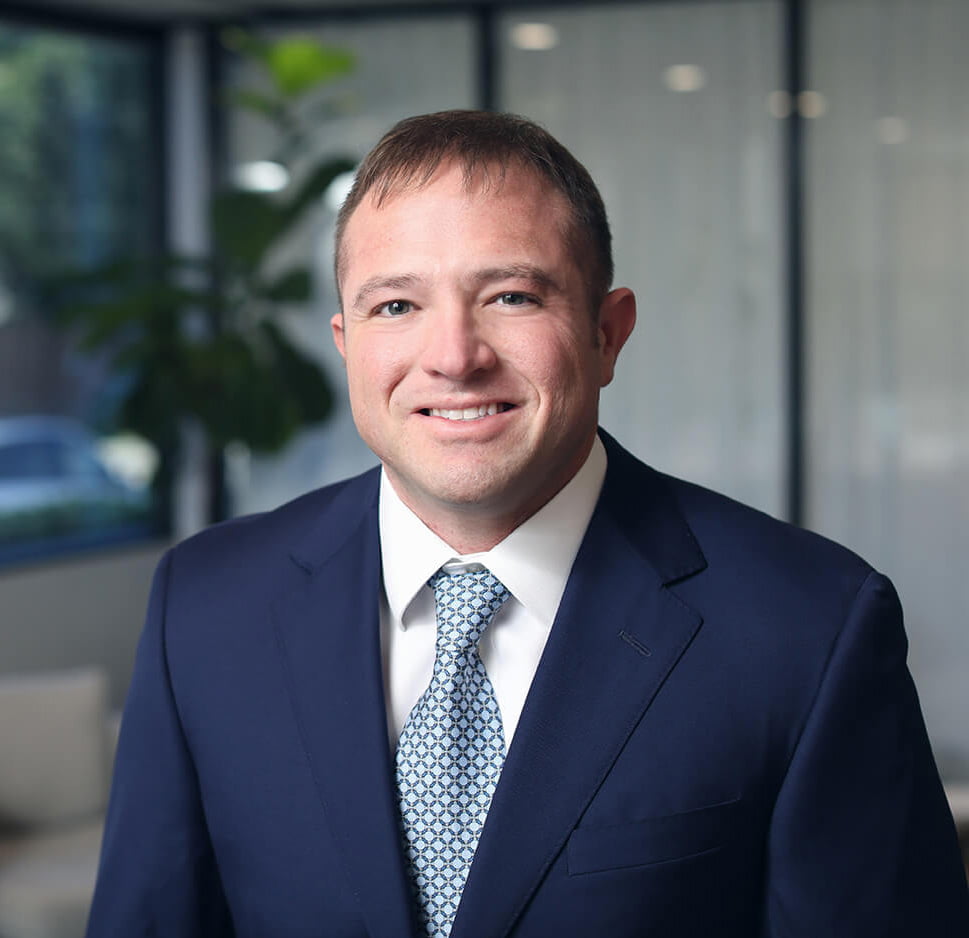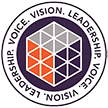NEUROFEEDBACK AND ADDICTION TREATMENT
WHAT IS NEUROFEEDBACK?
Neurofeedback is a type of biofeedback that uses real-time video or audio displays to measure a person’s brainwave activity, with the purpose of teaching self-regulation of functionality. With time, the brain finds how to build and retain the beneficial habits of brain waves that facilitate positive changes in thinking and behavior.
For people suffering from addiction and mental health disorders, neurofeedback treatments has been used as an alternative treatment technique used to change brain functioning and help end the cycle. As mentioned above, Neurotherapy has also become a commonly used therapeutic tool for treating mental health disorders ranging from depression and anxiety.
HOW DOES NEUROFEEDBACK THERAPY WORK?
 Neurofeedback is a safe and effective treatment that employs neurological control to aid in the development of more harmonious brain processes with a balanced mid-to-high frequency brainwave pattern. This technique is known as biofeedback. Mental health professionals utilize an electroencephalogram (EEG) test to measure and detect brain activity.
Neurofeedback is a safe and effective treatment that employs neurological control to aid in the development of more harmonious brain processes with a balanced mid-to-high frequency brainwave pattern. This technique is known as biofeedback. Mental health professionals utilize an electroencephalogram (EEG) test to measure and detect brain activity.
The EEG involves wires with electrode sensors being placed around the head to listen and see a person’s brainwave activity. EEG sensors don’t send any signal to the brain, but rather, they gather information into a computer by reading a person’s brainwaves, levels of blood pressure, heart rate, and skin temperature.
Medical professionals then evaluate the data and gain critical insight into how someone’s brain is functioning. For those with addictions or mental health disorders, EEG biofeedback can be crucial in aiding medical professionals to make accurate diagnoses and create an effective treatment plan.
With time, neurofeedback assists the brain in learning how to build and retain the beneficial habits of good brain activity and facilitate positive thinking and behavior.
WHAT SHOULD I EXPECT DURING NEUROFEEDBACK TREATMENT?
During neurofeedback sessions, you may be prompted to display pictures on a tablet, listen to music, or play a game, depending on the recovery plan. As you partake in the exercise, the doctor utilizes advanced brain imaging tools providing audio/video feedback to track the ebb and flow of your brainwave patterns in real-time and sets specific training criteria.
As a result, whenever the screen becomes brighter, this indicates the brain is producing favorable brain wave signals. Vice versa, if the screen dims, the brain is producing less than favorable activity. During neurofeedback training sessions, you can expect:
- A neurofeedback therapist will place sensors on your scalp. These sensors will measure your brain activity.
- You will then be asked to do some activities, such as watching a movie or playing a video game.
- As you watch the movie or play the game, the neurofeedback therapist will look at your brain activity on a monitor.
- If your brain is functioning properly, you will see positive feedback on the monitor.
- If your brain is not functioning properly, you will see negative feedback on the monitor.
- The goal of neurofeedback is to help you learn how to control your brain activity.
DOES NEUROFEEDBACK TREAT SUBSTANCE USE DISORDERS?
 Addiction is a complex disease that affects the brain in multiple ways. Neurofeedback therapy can help by teaching people to control their brainwaves and improve their self-regulation. Neurofeedback training can be effective in reducing cravings and relapse in people with drug or alcohol addictions.
Addiction is a complex disease that affects the brain in multiple ways. Neurofeedback therapy can help by teaching people to control their brainwaves and improve their self-regulation. Neurofeedback training can be effective in reducing cravings and relapse in people with drug or alcohol addictions.
The EEG biofeedback treatment method gives therapists and addiction treatment specialists more information on how to treat addiction in individuals.
THE CONNECTION BETWEEN ADDICTION AND THE BRAIN
When someone is addicted to drugs, over time the brain and body become dependent or tolerant. This is because, in the reward region of the brain, the neurotransmitter dopamine is released, which is responsible for the feeling of pleasure and euphoria. During this neurological cycle, signals are sent to a person’s brain to continue using their drug of choice, because it is used to them being in their system to function. This is known as drug tolerance.
HOW DO SUBSTANCES AFFECT THE BRAIN?
Substances such as alcohol, cocaine, and marijuana affect the brain by altering the way it produces, uses, and stores neurotransmitters. Neurotransmitters are chemicals that relay messages between nerve cells. When these messages are disrupted, it can lead to problems with mood, memory, and cognition.
WHAT DOES LONG-TERM SUBSTANCE ABUSE DO TO BRAIN STRUCTURES OVER TIME?
Over time, long-term substance abuse can lead to changes in the brain structures that are responsible for things like memory, learning, and impulse control. These changes can persist even after someone stops using drugs, which can contribute to addiction.
HOW DOES ADDICTION INFLUENCE BRAIN WAVES?
Brain waves are the electrical activity that travels through the brain. These waves are divided into different categories, including beta, alpha, theta, and delta waves. Each type of wave has a different frequency and is associated with a different state of mind.
For example, beta waves are associated with alertness and focus, while theta waves are associated with daydreaming and drowsiness. Addiction causes changes to the chemistry in the brain, which affects thoughts, feelings, and behavior. Therefore, unfavorable brain wave activity may contribute to symptoms like cravings, impulsivity, and difficulty concentrating. Neurofeedback attempts to identify these waves to improve addiction treatment.
WHAT ARE THE RISKS OF NEUROFEEDBACK THERAPY?
The risks of neurofeedback treatments are minimal. The most common side effect is headaches, which typically go away after a few sessions. Neurofeedback therapy is a successful and safe treatment for addiction and mental health. If you or someone you know is struggling with addiction, neurofeedback therapy may be an option worth considering.
WHICH MENTAL HEALTH DISORDERS DOES NEUROFEEDBACK THERAPY HELP TREAT?
Neurofeedback therapy can be used in the treatment of mental health disorder that co-occurs with a substance use disorder. This treatment method also helps address mental illness on its own, including:
Attention deficit hyperactivity disorder (ADHD) is a condition characterized by inattention, hyperactivity, and impulsivity. ADHD is most commonly diagnosed in young people. An estimated 8.8%of children aged 4-17 have ADHD. While ADHD is usually diagnosed in childhood, it does not only affect children. An estimated 4.4% of adults aged 18-44 have ADHD.
With treatment, people with ADHD can be successful in school and work, and lead productive lives. Researchers are using new tools, such as EEG to create a brain map–to better understand the condition and to find more effective ways to treat and prevent ADHD.
Anxiety disorders are the most common mental health concern in the United States. Over 40 million adults in the U.S. (19.1%) have an anxiety disorder. Meanwhile, approximately 7% of children aged 3-17 experience issues with anxiety each year. Most people develop symptoms before age 21.
Depressive disorder, frequently referred to simply as depression, is more than just feeling sad or going through a rough patch. It’s a serious mental health condition that requires understanding and medical care. Left untreated, depression can be devastating for those who have it and their families. Fortunately, with early detection, diagnosis, and a treatment plan consisting of medication, psychotherapy, and healthy lifestyle choices, many people can and do get better.
Obsessive-Compulsive Disorder (OCD) is characterized by repetitive, unwanted, intrusive thoughts (obsessions) and irrational, excessive urges to do certain actions (compulsions). Although people with OCD may know that their thoughts and behavior don’t make sense, they are often unable to stop them.
PTSD affects 3.6% of the U.S. adult population—about 9 million individuals. About 37% of those diagnosed with PTSD are classified as having severe symptoms. Women are significantly more likely to experience PTSD than men.
HOW DOES NEUROFEEDBACK THERAPY AFFECT WITHDRAWAL SYMPTOMS?
Neurofeedback therapy can help to decrease the intensity of withdrawal symptoms and shorten the duration of detoxification. The EEG biofeedback collected during treatments can inform addiction specialists of what may be most effective in achieving a positive outcome for the individual. Accessing responses to different stimuli helps in determining the best coping strategies for each individual. In addition, neurofeedback can help to reduce cravings and prevent relapses.
WHEN SHOULD I SEEK NEUROFEEDBACK THERAPY?
You should seek neurofeedback therapy when you are struggling with addiction and want to find a more effective way to overcome your addiction. Neurofeedback therapy can help you learn to control your brain activity so that you can better manage your addiction. Neurofeedback therapy is also used in conjunction with other evidence-based therapies, such as cognitive-behavioral therapy (CBT), to provide a comprehensive approach to substance abuse treatment.
DISCOVER NEUROFEEDBACK AND ADDICTION TREATMENT AT LUNA
If you’re struggling with drug and alcohol abuse, now is the time to seek treatment. When you’re in the continuum of care, there are a wealth of options to choose from to fit your specific needs. LUNA Recovery aims to be the lifeline for your addiction journey. We’re experts in treating substance use disorders and offer treatment for other mental health disorders. We use therapy treatment methods including neurofeedback training for addiction treatment.
You deserve to witness your growth through the expertise of quality treatment and warm care from trained staff. If you or a loved one are working through an alcohol or drug addiction, reach out to our facility today.
Dr. Allaire received his Bachelors of Science in Biology from the University of Houston, as Valedictorian of the College of Natural Sciences and Mathematics, and his Medical Doctorate from Baylor College of Medicine, where he served as Chief Resident. He is the medical monitor for the Physician Counseling Committee of the Harris County Medical Society and the Medical Director of Serenity House Detox. Dr. Allaire specializes in medically assisted detox cases, treating patients in recovery from addiction or other mental health disorders, the medical assessment and monitoring of patients with addictive disorders, medical care related to eating disorders and the medical treatment of patients with mental health conditions.



